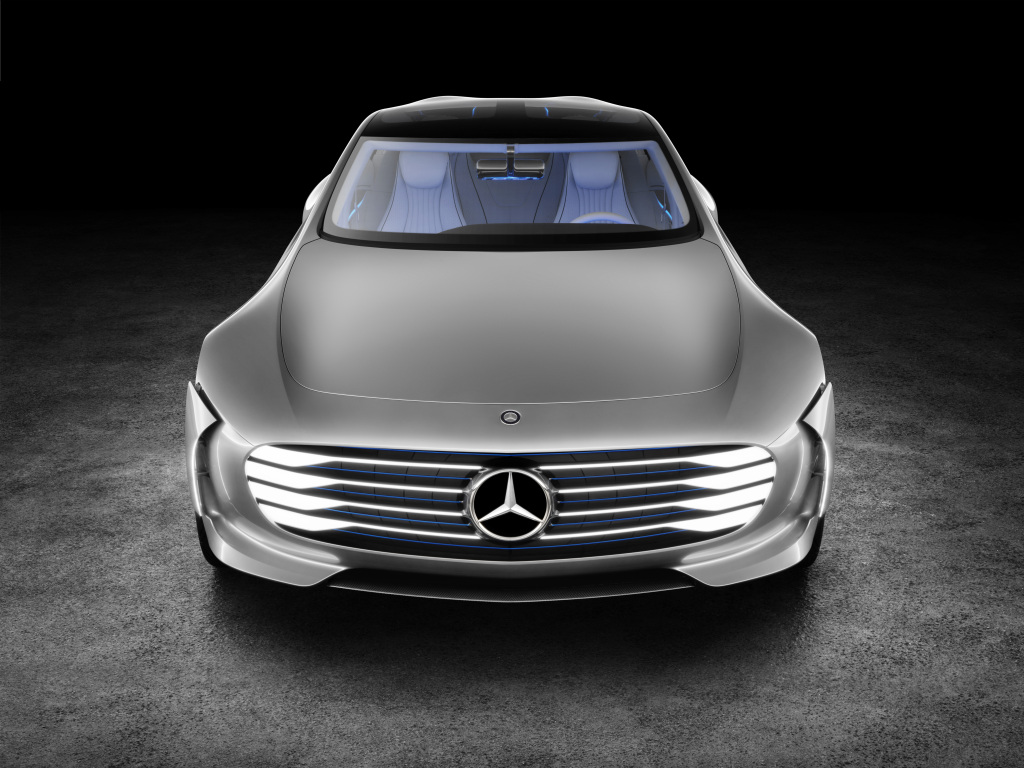Mercedes-Benz has just announced an investment of 70 billion dollars for the period 2021-2025. The multi-million dollar figure shows how the industry’s change is inevitable. The delay is facing a transition announced almost a decade ago marks the plan of traditional manufacturers.
The ‘dinosaurs’ of the automotive world run to the rescue to achieve the necessary competitiveness in a market that changes at a speed difficult to digest by the internal combustion engine industry managers.
Since Stuttgart, the Supervisory Board of Daimler AG has given its full support to the company’s new strategic course for the first half of the 1920s. To achieve the profitability envisaged by the management leadership, a series of measures have been put in place together with an investment plan for the company’s transformation towards electrification and digitization.
The first investment package amounts to more than 70 million dollars directed to research, development, equipment, and the plants of Mercedes-Benz Cars (the division responsible for motor vehicles of the star brand).
Also, the General Works Council will create a transformation fund worth one billion euros with a term until 2025. This fund will promote the development of future technologies and safeguard employment during transformation at the German sites. This amount is in addition to the planned investments.
With these decisions, Mercedes secures jobs in its country of origin and guarantees its factories’ production in Germany. For Ola Kollenius, Chairman of the Board of Directors of Daimler AG and Mercedes-Benz AG, with this agreement on the transformation fund with the works council: “we fulfill our shared responsibility to actively shape the transformation of our company.”
The future is electric and digital.
The search for new technologies is vital for the survival of traditional shape in the middle of the digital age.
The software and technology sector is far from working on the automobile industry, which maintains highly hierarchical structures and little flexibility to the adoption of new technologies.
The challenge of operating systems, digital services, cybersecurity, and a long etcetera, is far from knowing how knowledge and areas of experience of the engineers and executives of companies dedicated for a hundred years to manufacture cars with combustion engines.

